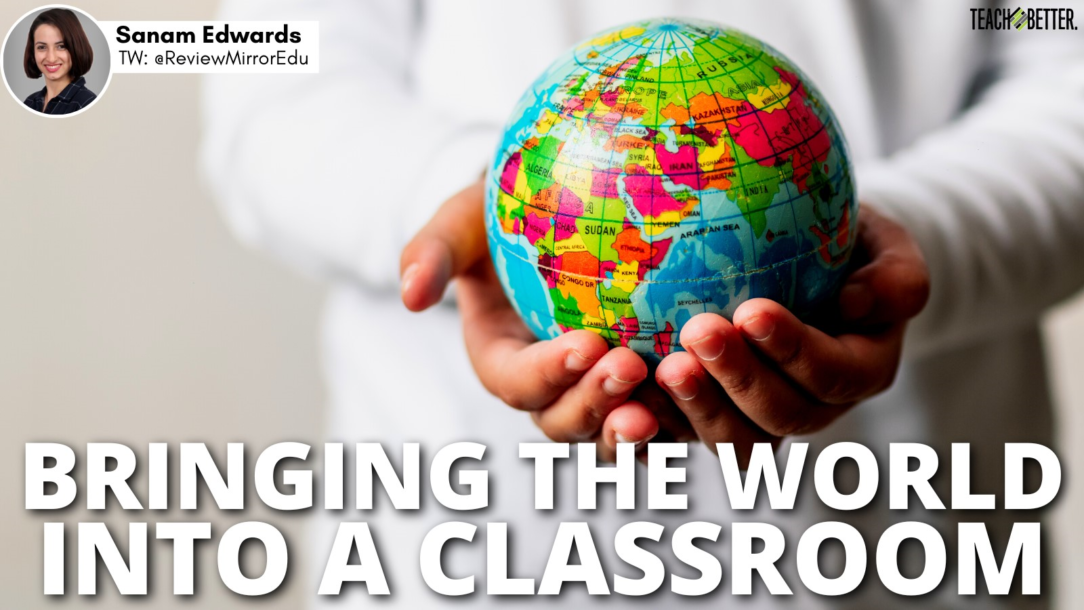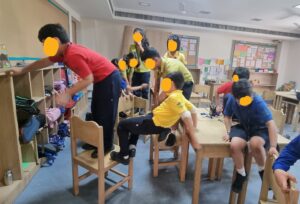TL;DR:
- Experiential learning can help introduce students to global crises.
- Simulated crises like The Floor is Lava helps students understand teamwork and crisis management.
- Exploring natural and man-made disasters fosters awareness and proactive solutions.
Bringing the World Into a Classroom
I have been teaching in an experiential learning environment for many years now. The chance to plan something new is always exciting, and it is a personal challenge to bring the world into my classroom as much as possible. When I was tasked with introducing third graders to various crises worldwide, my thoughts teetered between experiential learning and experiencing a crisis.
It certainly wouldn’t be possible (or advisable, for that matter 😊) to experience a crisis, but it was indeed possible to simulate them. I got to work and began thinking about how to bring the world into our classroom again.
From the depths of learning about disasters came the beacons of positivity and hope. My students transformed into champions of change who used their creativity to spread awareness and knowledge. Click To TweetWe played The Floor is Lava to begin learning about crises.
Students had to get from one part of the room to another without touching the floor. The only caveat given to them was to ensure every child had to help the other, ensuring the survival of our entire grade. Students were all too familiar with this game and were ecstatic to be able to play it in the classroom.
As students morphed into mini-adventurers, leaping from table to table, my classroom transformed into a volcanic abyss, the floor melting slowly. I watched closely as my students understood the value of helping others and the importance of self-management skills when things go wrong.
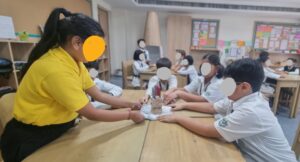
We began to understand crises by connecting with one that all students had already experienced before—earthquakes.
Students had already experienced the ground shaking beneath them numerous times but did not know the cause or effect of this natural disaster. To bring the world into our classroom, we began conducting simulations of earthquakes using Jenga® blocks and Lego®.
Students created structures of different kinds and inquired into why some structures were more resilient than others. The discussions led us to understand disaster management, the need for resilient systems, and the need for earthquake drills.
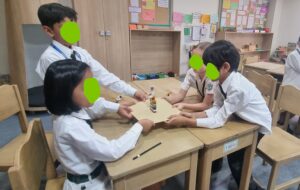
Exploring beyond our immediate environment, students investigated floods by simulating one in the classroom. My third graders quickly observed the causes and effects of flooding, allowing them to understand human impact on the environment and why some areas are more flood-prone than others.
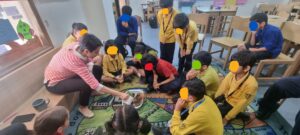
My students quickly understood that the world is much bigger than their backyard and that crisis management unites the world in ways nothing else does.
They also began looking into man-made crises such as war and pollution. They understood that prevention and mitigation are the best methods for crisis management.
Every learning engagement was seamlessly connected to Sustainable Development Goals (SDGs). Students learned about climate change (SDG 13) and global warming as they learned more about the effect of man on Earth. They created posters to raise awareness and opined on small, sustainable actions (SDG 11) that could impact the environment positively.
[scroll down to keep reading]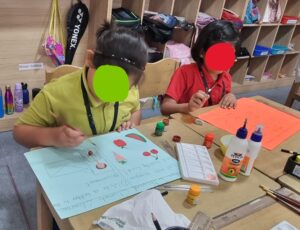
Students also understood that they were in the midst of a digital crisis.
Understanding boundaries and digital footprint enabled them to perceive the risks of spending time in the online world. It was amazing to be able to mold the unit to suit the current generation’s needs.
Students even created board games related to crises to demonstrate their knowledge of the disasters they had learned of in the classroom.
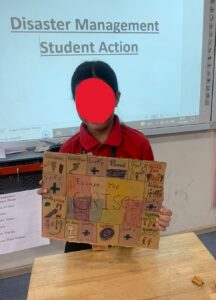
Young minds were blooming with questions and the fire of knowledge. The students then conducted an awareness campaign for the entire primary school to sensitize them about managing crises such as earthquakes, fires, droughts, and floods. As students prepared for the awareness campaign, they became confident communicators and developed social skills to work in groups.
They helped each other to optimize their efforts. It was amazing to watch them grow as they felt the importance of their task weighed on them. This was the power of truly meaningful tasks.
From start to finish, this unit was cherished by facilitators and students alike, despite being a unit based on negatives! From the depths of learning about disasters came the beacons of positivity and hope. My students transformed into champions of change who used their creativity to spread awareness and knowledge.
About Sanam Edwards
Sanam Edwards is a teacher in Gurgaon (India). She enjoys building the student’s voice and choice within the classroom environment while infusing her quirky sense of humour into daily activities. She’s an advocate for technology in the classroom and is constantly on the lookout for new ways to engage the students mentally and emotionally. She regularly blogs about her forays in the education sector at www.reviewmirror.in


